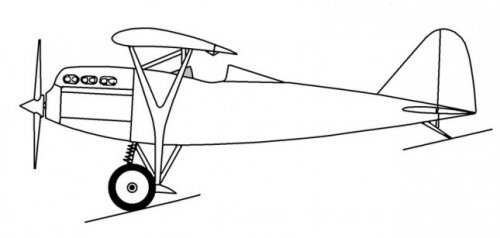- Joined
- 26 May 2006
- Messages
- 33,461
- Reaction score
- 13,496
Hi,
http://www.secretprojects.co.uk/forum/index.php/topic,12064.0.html
BM-1 - 1925, single-seat fighter, single-engine high-wing parasol monoplane with fixed undercarriage, only project.
BM-3 - 1926, two-seat advanced trainer, single-engine biplane with fixed undercarriage, only project.
BM-7 - 1974-1978, single-seat aerobatic aircraft, single-engine biplane with fixed undercarriage, only project.
http://www.samolotypolskie.pl/samoloty/437/126/Bartel-BM-12
http://www.secretprojects.co.uk/forum/index.php/topic,12064.0.html
BM-1 - 1925, single-seat fighter, single-engine high-wing parasol monoplane with fixed undercarriage, only project.
BM-3 - 1926, two-seat advanced trainer, single-engine biplane with fixed undercarriage, only project.
BM-7 - 1974-1978, single-seat aerobatic aircraft, single-engine biplane with fixed undercarriage, only project.
http://www.samolotypolskie.pl/samoloty/437/126/Bartel-BM-12



